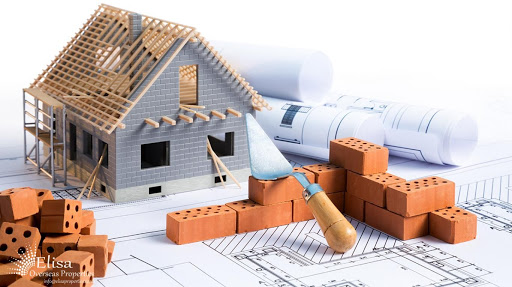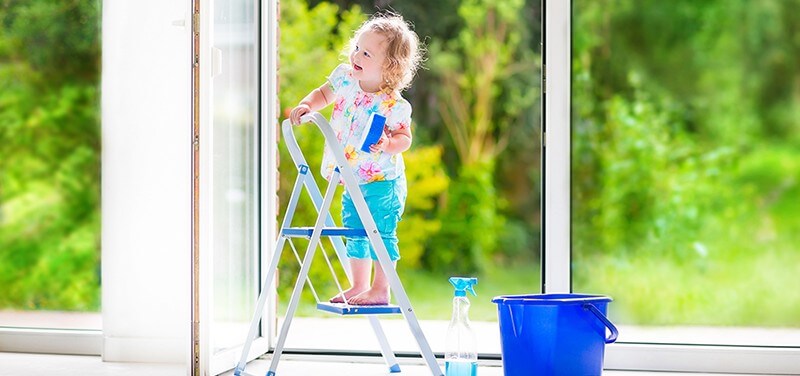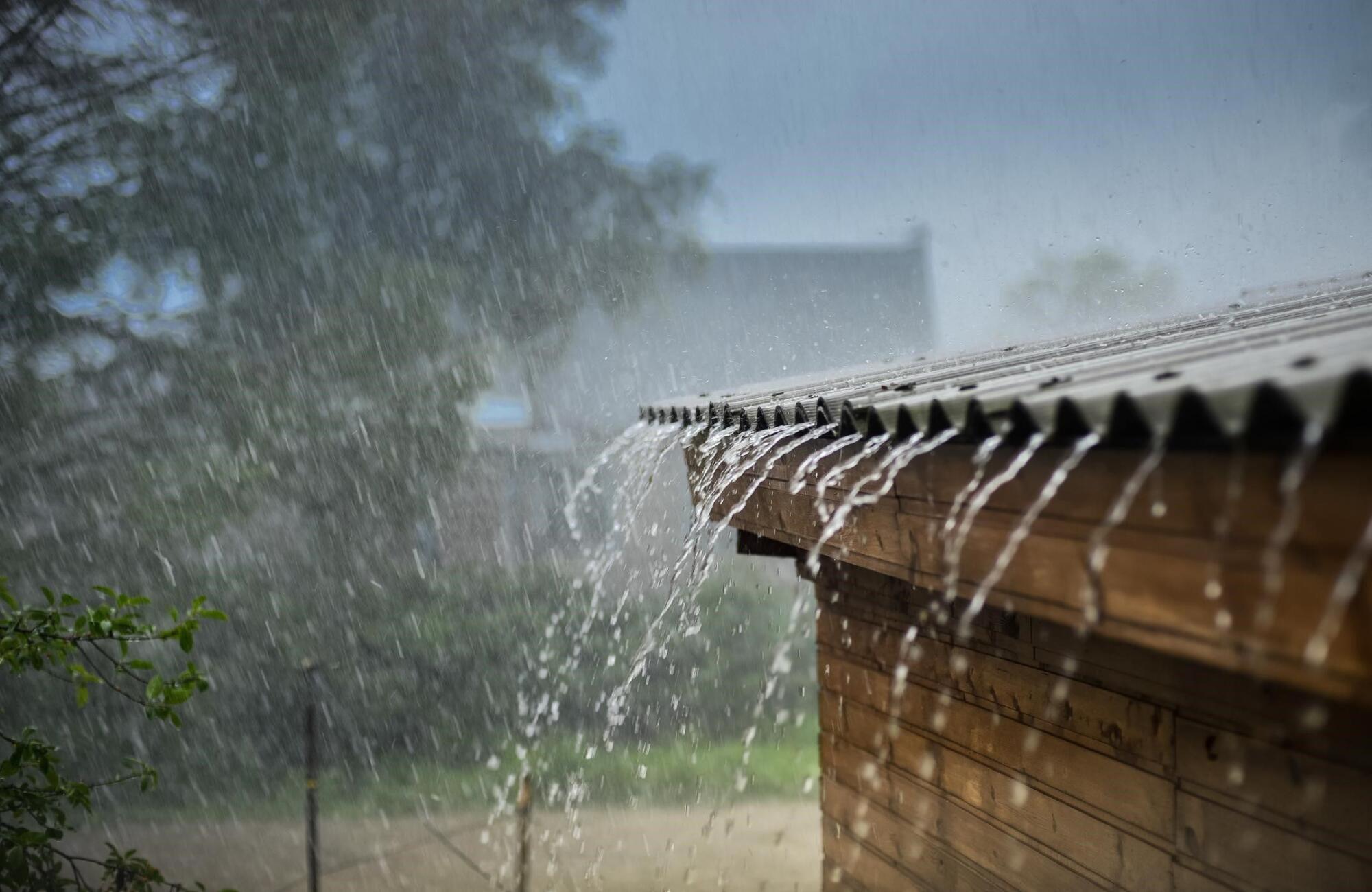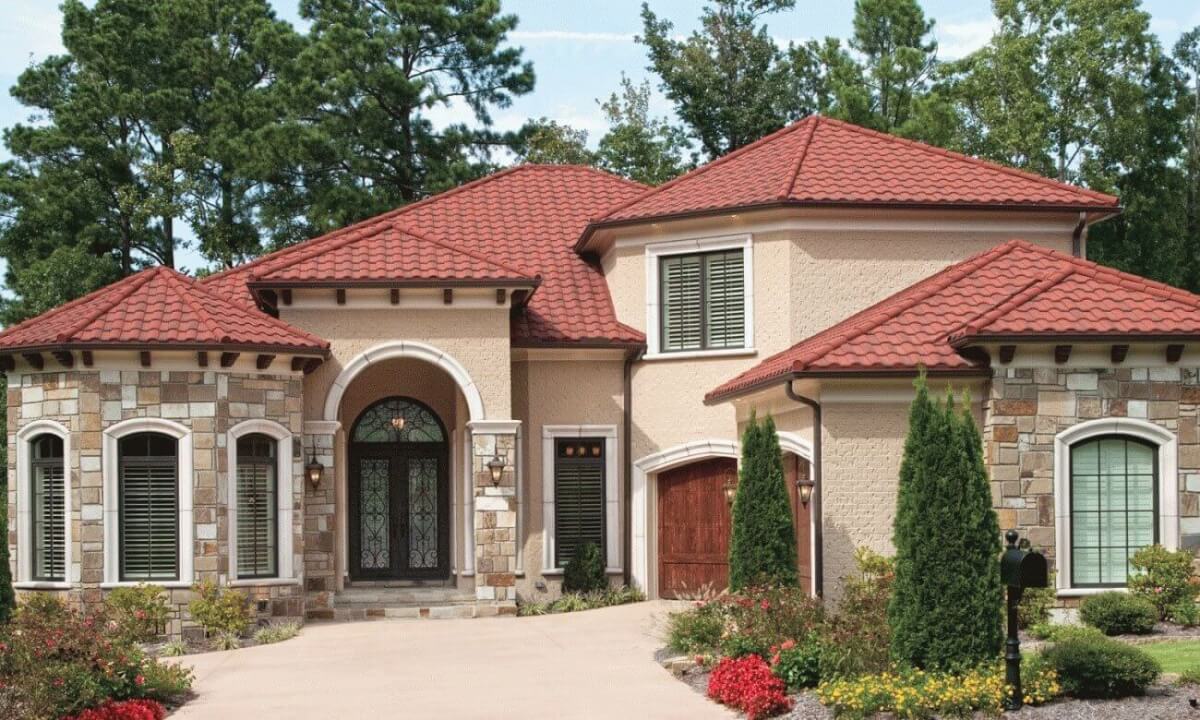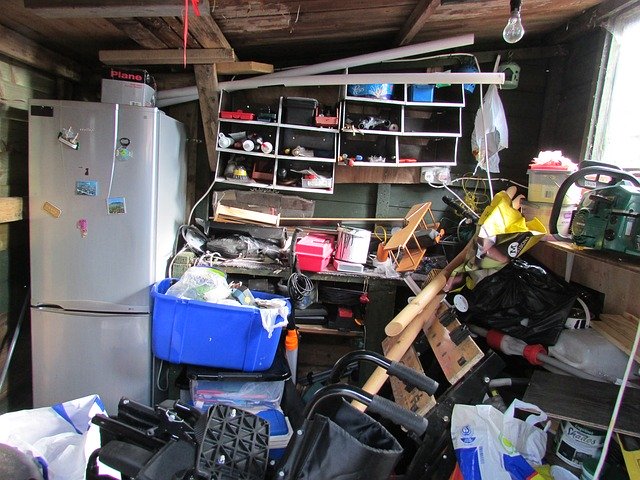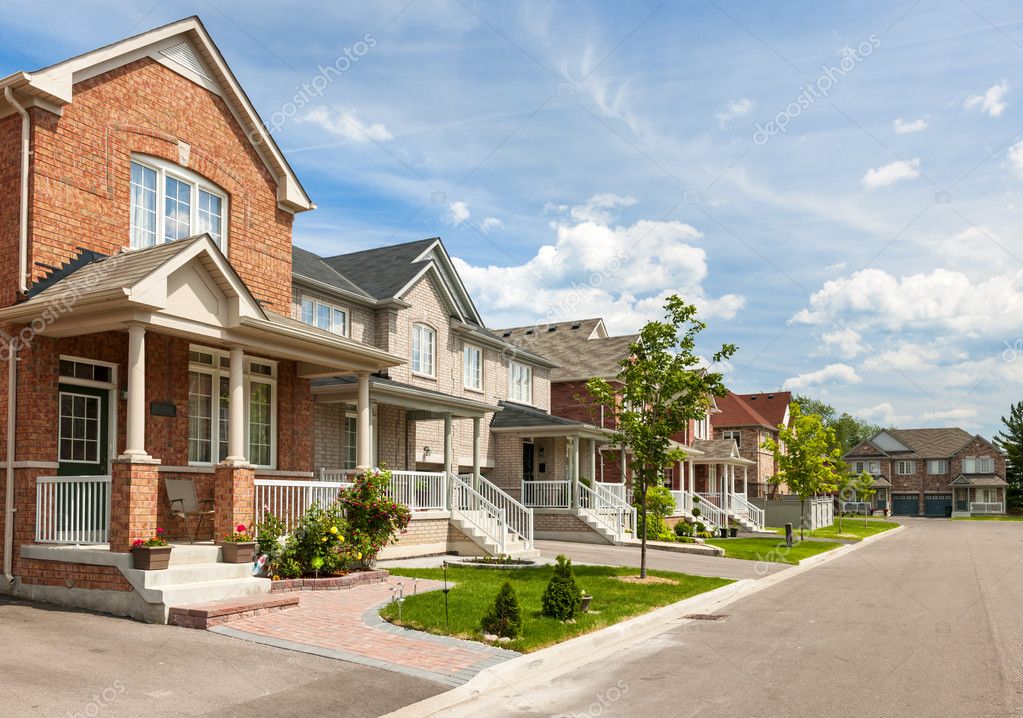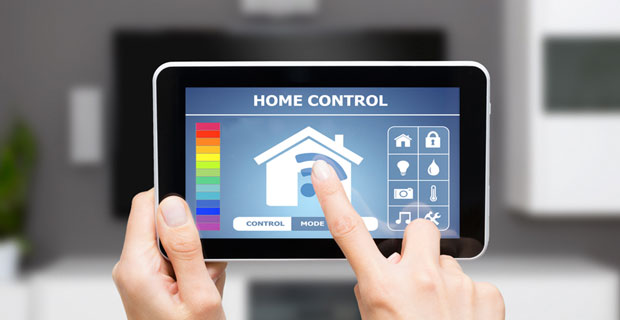Building your dream home can be a once-in-a-lifetime opportunity, filled paint swatches, wallpaper samples, stacks of catalogs, and the opportunity to bring your design vision to fruition. During construction, you can customize the finer details of your home to suit your family’s needs, daily routines, and unique interests. Building your own home is also an opportunity to adopt energy-efficient technologies and invest in a comprehensive security plan, tailored to your house’s layout and lot size.
House plans help make the dream you have for your future home become a reality. Before you dive headfirst into the construction process, though, take a closer look at this list of questions every homeowner should be able to answer, before investing in their dream home.
What’s your budget?
Constructing a house may appear affordable on paper, but you may encounter unplanned expenses along the way. When running the numbers and evaluating the price breakdown, account for unforeseen requirements.
In terms of finances, it’s best to work with what you have. Marble countertops can add an element of sophistication and glamor to your future kitchen, but you should only invest if you can afford it. Cushion your budget by a minimum of 10% of the entire cost to cater for unexpected costs that may arise.
How large is your lot?
The size of your lot informs the size of the house. A bigger lot means you can build a larger home and still have a spacious yard for outdoor living.
To determine how much space the house will occupy, calculate the land to building ratio by dividing the land’s square footage by your ideal home’s square footage. This equation will help evaluate whether or not you’ll have enough outdoor space, once you finish building.
Are there any environmental considerations?
You should always assess the construction site before building. Proactively plan by determining how climatic features will impact the planning process. You should also categorize said climatic features into beneficial features and threatening climatic features. Capitalize on those features that can benefit your home and garden, and mitigate those that can lead to damages.
For example, if you intend to use solar energy, access to the sun takes priority. Evaluate the potential for overshadowing, loss of privacy, and seasonal climatic changes. Additionally, identify natural drainage and how to regulate it. Above all, be aware of your home’s susceptibility to natural disasters: mudslides, hurricanes, natural erosion, or earthquakes. Overlooking the looming dangers your home is vulnerable to can lead to a flood of devastating expenses.
How many bedrooms do you need?
Bedroom count is an essential checklist item in the construction process. Base your choice on the length of time you intend on living in the house, privacy needs, and the future uses of the house: renting the home out to roommates, expanding your family, accommodating in-home office needs, etc.
Regardless of whether you plan on having kids in the future or foresee hosting family and friends during the holidays, you should factor these aspirations into your floor plan. However, your budget will play an equally pivotal role in determining the number of rooms in your dream home. Unfortunately, your budget may not permit that extra guest bedroom for your in-laws.
How do you feel about stairs?
Stairs allow you to navigate your home with ease, provide extra storage space, and can even make an eye-catching statement in your foyer. However, not every homeowner is physically-capable of having stairs in their homes.
For homeowners with mobility problems, it can be difficult, or even impossible, to climb up a set of stairs. With these physical limitations in mind, it’s best to adjust your floor plan to fit your needs—which is particularly true for the elderly and people living with disabilities.
What are your must-have features?
Everyone has a list of non-negotiables when designing their dream home. These must-haves can be practical or can simply be a personal preference. It is best to prioritize practical features such as a separate basement, wheelchair accessibility, home office needs first.
Once these features have been factored into your budget, you can focus on lifestyle features, such as a home theatre, spacious living and dining areas, and even an outdoor kitchen. Once you’ve consolidated your practical feature and lifestyle feature wishlist, it will be easier to adjust your budget to accommodate both and find a builder who can deliver on every tiny detail.
What’s on your wishlist?
These are the features, fixtures, and design elements spotlighted in your dream home fantasies. While these features may stand at the forefront of your vision, you can forgo these design details, if the budget gets in the way.
These features may introduce an element of comfort and luxury levels in your home, but don’t detract from the building experience or the house’s appeal. Your budget should cover your non-negotiables first. When and if you uncover extra funds, you can tack on the fun items in your wishlist.
What is your ideal kitchen size?
The kitchen is a central feature in any home. It’s not only where you prepare your family’s meals but serves as a hub for your busy household, a meeting ground where you and your loved ones can enjoy a home-cooked meal.
Whether you’re a star chef or an expert at reheating frozen meals, you’ll want to make sure your kitchen can accommodate every family member and their cooking needs.
Is your career stable enough that you’ll be living here in the future?
It would be pointless to build your dream home, only to sell it after a couple of years due to career changes. Before building, verify with your supervisors that your position will not be subject to relocation. An expected move could unravel construction plans, before your very eyes.
Is there anything not included in the house cost that you’ll need to purchase yourself?
Some expenses such as furniture costs, kitchen appliances (i.e. ovens and refrigerators), and water heaters may not be included in the total house cost. Determine the amount of money you’ll need to purchase these items early, to avoid any inconveniences.
Conclusion
Building a house requires careful planning and a team of professionals who are ready to help you. Always sort through your options before tackling such a massive project. You won’t want to make the investment-of-a-lifetime, only to have your dream crumble at the hands of lazy planning.
